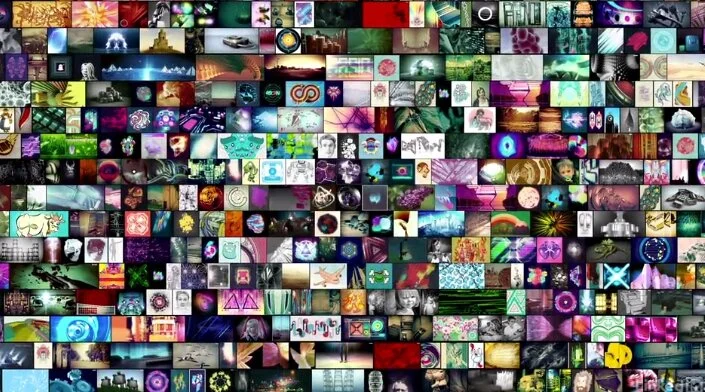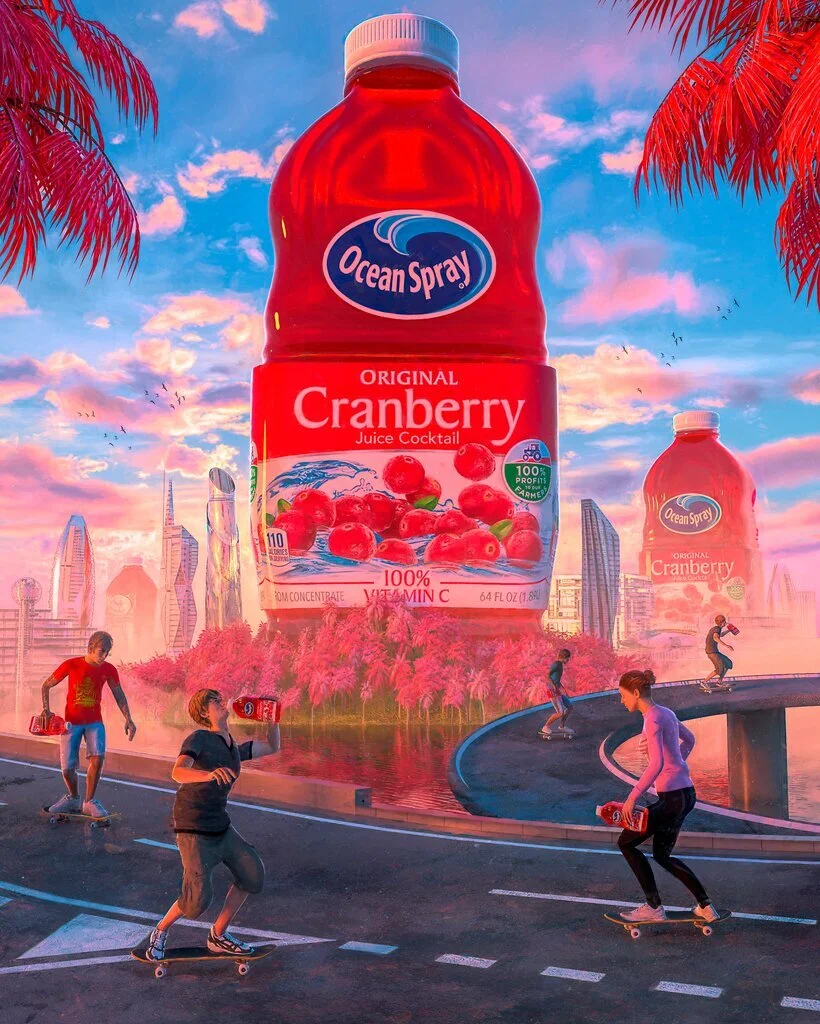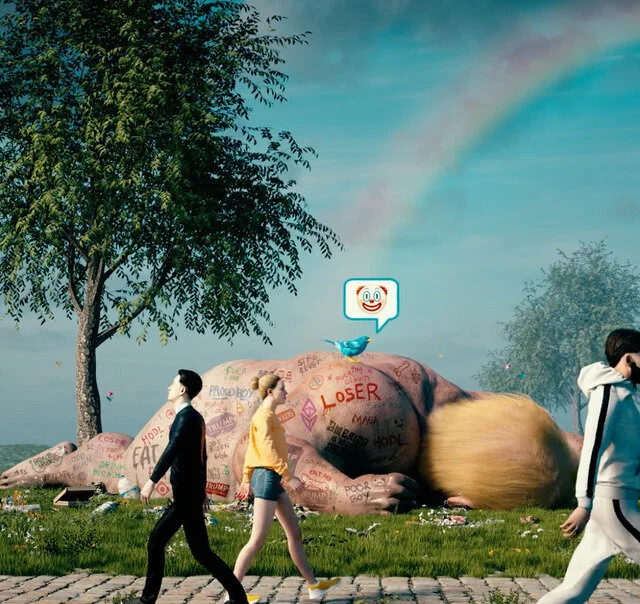The Groove Issue 26 - Why We Resist Change (and NFTs)
Welcome to the 26th issue of The Groove.
If you are new to The Groove, read our intro here. If you want to read past issues, you can do so here.
If somebody forwarded you this email, please subscribe here, to get The Groove in your inbox every Tuesday.
WHY WE RESIST CHANGE (AND NFTs)
A snapshot of Beeple’s “Everydays”. Each square in the collage is a digital image that was added one day at a time. Beeple worked on this for 13 and a half years.
Leadership and creativity are all about change. But we are creatures of habit, and we tend to get comfortable with what we know. When we find routines that work for us, our brains and bodies can operate in an energy-efficient way.
After all, people spend so much time trying to master a skill, learning the latest technology, or adapting to new circumstances (like we all have had for the past 12 months), that adding more changes to our complicated lives seems like a big disruption to our already hectic environments.
Change inevitably brings more work and uncertainty, and science has proven that change triggers a response in the human brain that will kick and scream for self-preservation. Every time we are either trying to change something important, or we are exposed to a change that we must adopt in order to get better at what we do or to survive in our careers, we trigger an internal fight-or-flight response.
Two years ago, I predicted that auction houses would take any and all assets offered to them and that the art world would be adopting blockchain.
Not that it would be good or bad, or even that it would take over the whole industry, but I knew that change was inevitable and given that blockchain is a technology platform that allows a marketplace to exist, it would only make sense for artists, galleries, auction houses and who knows what hybrid platforms to tap into that, for both creative and commercial reasons.
A close up at one of the 5,000 images that form the digital collage on “Everydays”
Last week, Christie’s sold its first purely digital artwork for a record $69 million, the highest price paid for an NFT, or nonfungible token. The sale was for “Everydays: The First 5000 Days,” by Mike Winkelmann, who goes by the name Beeple, which now has made him the third most expensive living artist after Jeff Koons and David Hockney.
The work is a collage of 5,000 images, one created and posted every day for the past 13 and a half years. The piece has no physical presence and will be delivered directly from Beeple to the buyer, accompanied by a unique NFT encrypted with the artist’s unforgeable signature and uniquely identified on the blockchain. This is akin to a digital certificate of authenticity.
The buyer of “Everydays” is a Singapore-based NFT production studio and crypto fund called Metapurse. The two guys who own the fund don’t reveal their real names. They told Artnet, however, that they bought it because “Beeple represents the most iconic artists of this digital generation… and this piece represents compressed time and the only thing you can’t hack in this digital world is time… and [Everydays] represents 13 years of time”. Truth be told is that you cannot hack time in the real world either, but that’s a discussion for another day.
Metapurse paid Christie’s with cryptocurrency and the owners will get a long string of numbers and letters; a code that exists on the Ethereum blockchain. In a way, it all happens in a parallel reality other than the one we are normally used to. But that doesn’t take away from its validity.
“Crossroads”, by Beeple, was auctioned at Nifty Getaway for $6.6 million on March 11.
For some artists, dealers, and curators, it will take a while to wrap their heads around NFT, until they start adapting and playing with it. But I’ve already heard: “What’s this BS??” “It’s ridiculous! ”It’s a trap!” “This is a fad and the value will decline sharply.”
And without entering into the details of whether or not I think it is a trap or what the value will be, the questions I asked myself were: what do I need to learn about NFTs in the art world so that: 1) I know what to say when my clients ask; 2) I know how to use it if I need to; 3) Is there an opportunity here to do something that is cool and worth my time/effort/money?; and 4) How different is tokenized digital art than, let’s say, when Marcel Duchamp declared a urinal as a piece of art and introduced the world to conceptual art in 1917?
I already know that by nature, my brain isn’t wired for constant change; I already know that catching up to new things will require “work” and yet, I don’t see the world of NFTs as a threat to what already exists but as an opportunity to get to know something else.
The world of NFT and blockchain has its own audience and enthusiasts who go to places like Nifty Gateway, an online cryptocurrency marketplace for digital art where Beeple became extremely popular, to the extent that one week before the Christie’s auction, another one of his works, “Crossroads”, sold for $6.6 million.
Others will tokenize anything, such as Jack Dorsey’s first tweet, who gave it to a platform called “Valuables,” where his March 21, 2006 tweet will live as an NFT (as of the time of this writing the highest bid was $2.5 Million) and when the auction ends on March 21, Dorsey will immediately convert the proceeds to bitcoin and donate that to Give Directly’s Africa Response fund.
In a way, anyone can buy or sell anything digital that can be tokenized and stored in a blockchain platform. If you think about this, blockchain technology is opening the floodgates to do so much business and to expand the boundaries of what creativity means, beyond our wildest dreams.
Our brains don’t know how to automatically embrace something new, and immediately react to change as if it was a threat to our existence. It brings the stress of change and increases people’s levels of cortisol, the stress hormone. So being under stress, the brain says: “NO! I have had enough change and I don’t need to look into this!”
But not every change should be a threat. Instead, some changes should be looked at with curiosity. Learning about them should be considered enrichment. After all, the only thing we can be 100% sure about is that change is the only constant.
Thank you for reading this far. Looking forward to hearing from you anytime.
PS: There are no affiliate links in this post. Everything that is recommended here is done freely.



